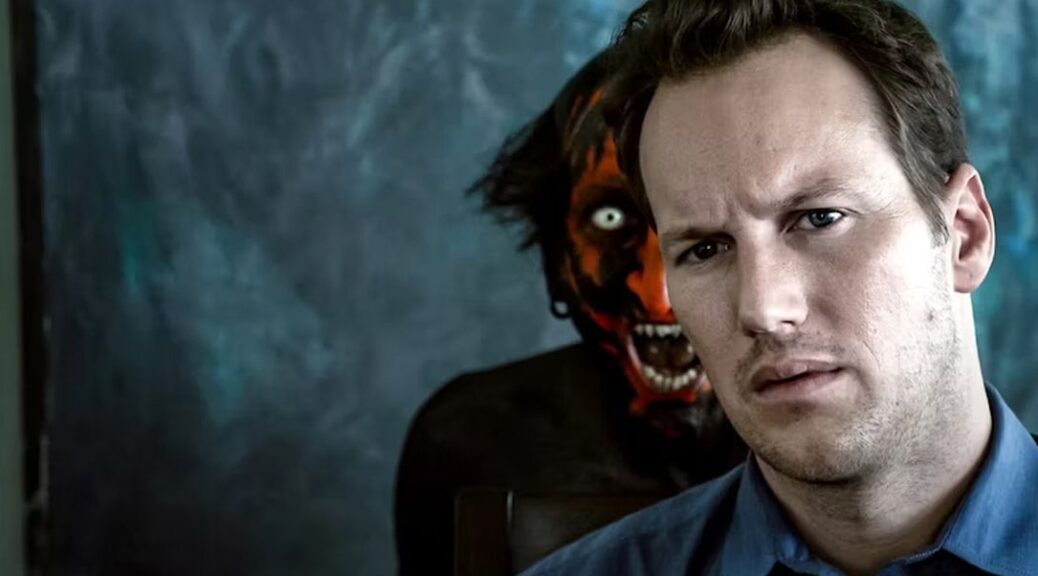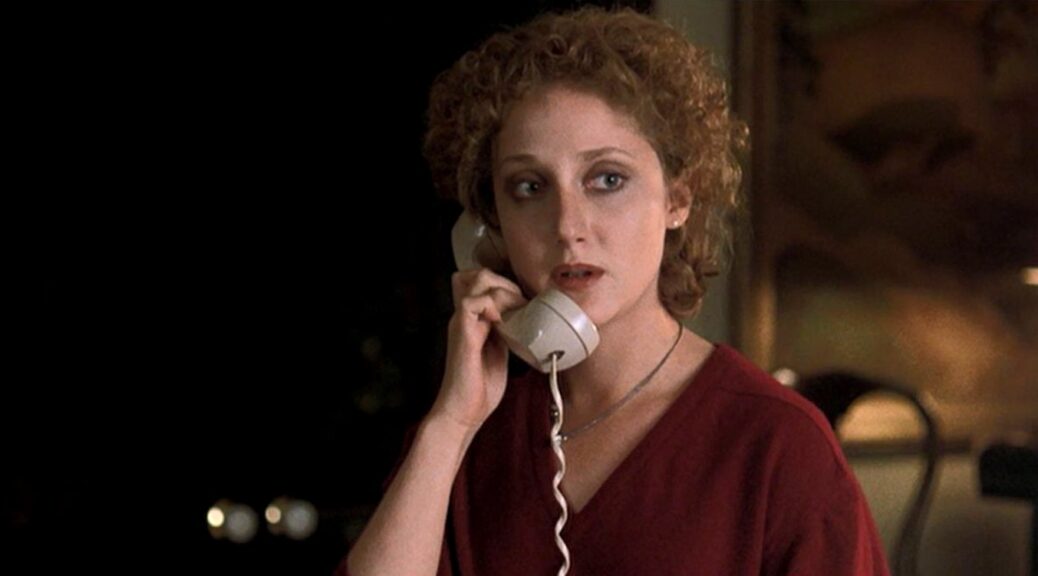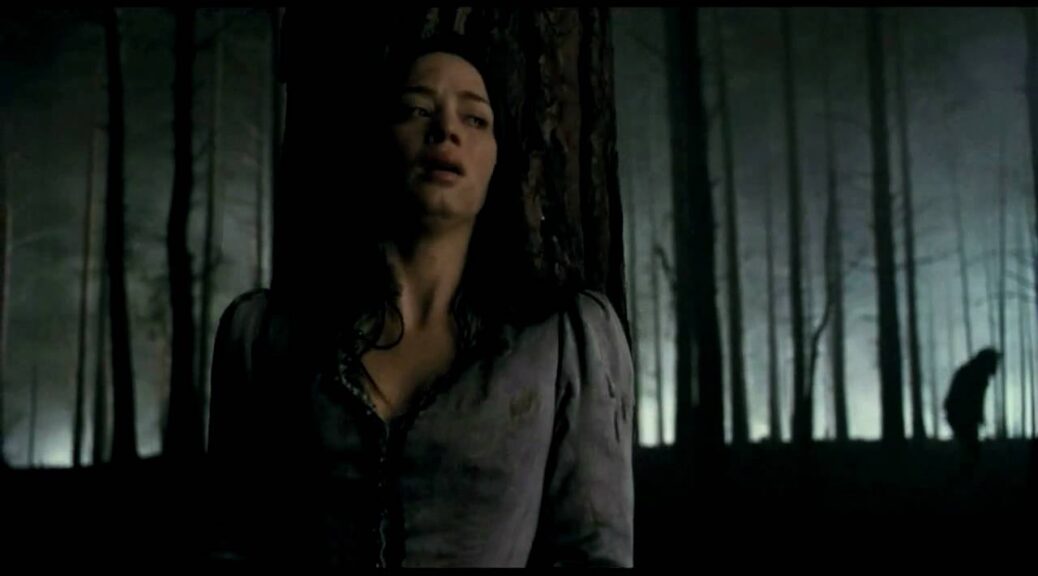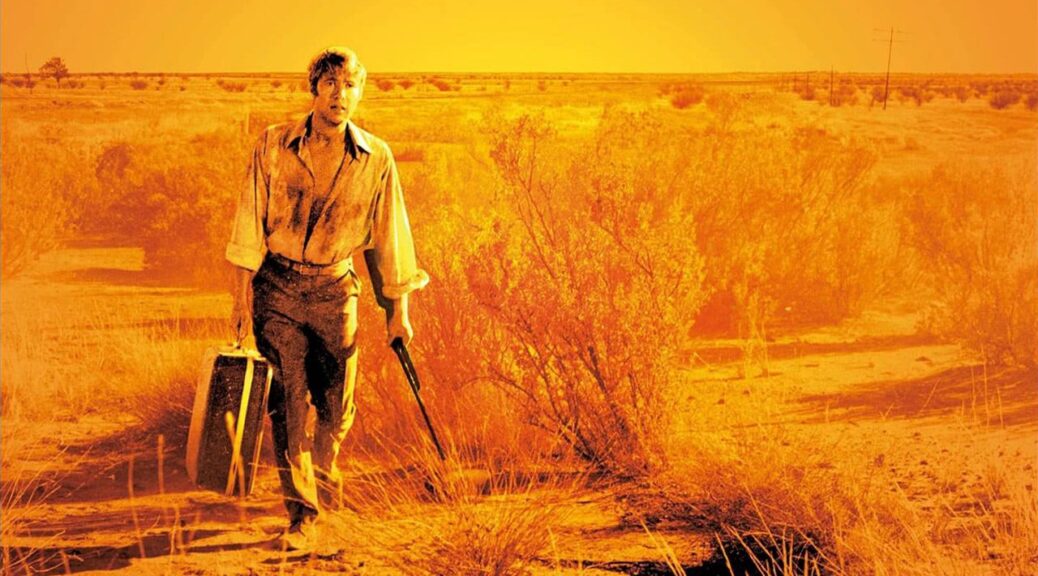What is it about a deep hole that is so profoundly terrifying? Is it the worry about what could be down there, waiting? Is it the claustrophobic terror of falling into the pit without hope of escape? Horror writers and filmmakers have exploited this particular primal dread for centuries. How many versions of The Pit and the Pendulum do we need to see to know Poe had struck a chord? There are two different (very worthy) films called The Hole, plus the lunatic horror The Pit, as well as John and the Hole, and of course, all the “buried alive” terror, like Ryan Reynolds’s Buried.
We want to peer way down in the hole to dig up our five favorite films from down in the pit.
5. The Hole in the Ground (2019)
Sara (Seána Kerslake), along with her bib overalls and young son Chris (James Quinn Markey), are finding it a little tough to settle into their new home in a very rural town. Chris misses his dad. Sara is having some life-at-the-crossroads anxiety.
Then a creepy neighbor, a massive sink hole (looks a bit like the sarlacc pit) and Ireland’s incredibly creepy folk music get inside her head and things really fall apart.
Writer/director Lee Cronin’s subtext never threatens his story, but instead informs the dread and guilt that pervade every scene. You look at your child one day and don’t recognize him or her. It’s a natural internal tension and a scab horror movies like to pick. Kids go through phases, your anxiety is reflected in their behavior, and suddenly you don’t really like what you see. You miss the cuter, littler version. Or in this case, you fear that inside your beautiful, sweet son lurks the same abusive monster as his father.
4. Jug Face (2013)
Writer/director Chad Crawford Kinkle brings together a fine cast including The Woman’s Sean Bridgers and Lauren Ashley Carter, as well as genre favorite Larry Fessenden and Sean Young to spin a backwoods yarn about incest, premonitions, kiln work, and a monster in a pit.
As a change of pace, Bridgers plays a wholly sympathetic character as Dawai, village simpleton and jug artist. On occasion, a spell comes over Dawai, and when he wakes, there’s a new jug on the kiln that bears the likeness of someone else in the village. That lucky soul must be fed to the monster in the pit so life can be as blessed and peaceful as before.
Kinkle mines for more than urban prejudice in his horror show about religious isolationists out in them woods. Young is particularly effective as an embittered wife, while Carter, playing a pregnant little sister trying to hide her bump, a jug, and an assortment of other secrets, steals the show.
3. I’m Not Scared (2003)
Director Gabriele Salvatores (Mediterraneo) crafts a perfect, gripping, breathless thriller with his Italian period piece. In a tiny Southern Italian town, kids run through lushly photographed fields on the hottest day of the year. They’re playing, and also establishing a hierarchy, and with their game Salvatores introduces a tension that will not let up until the last gasping breaths of his film.
Michele (Giuseppe Cristiano) sees a boy down a deep hole on a neighboring farm. The boy, Filippo (Mattia Di Pierro), believes he is dead and Michele is an angel. But the truth is far more sinister. I’m Not Scared is a masterpiece of a thriller.
2. Onibaba (1964)
Lush and gorgeous, frenzied and primal, spooky and poetic, Kaneto Shindô’s folktale of medieval Japan scores on every level, and Hiraku Hayashi’s manic score keeps you dizzy and on edge.
An older woman (Nobuko Otowa) and her daughter-in-law (Jitsuko Yoshimura) survive by murdering lost samurai and looting their goods.
Passions and jealousy, a deep pit and a dangerous mask, some of the most glorious cinematography you’ll see all combine with brooding performances to create a remarkable nightmare.
1. The Descent (2005)
A bunch of buddies get together for a spelunking adventure. One is still grieving a loss – actually, maybe more than one – but everybody’s ready for one of their outdoorsy group trip.
Writer/director Neil Marshall begins his film with an emotionally jolting shock, quickly followed by some awfully unsettling cave crawling and squeezing and generally hyperventilating, before turning dizzyingly panicky before snapping a bone right in two.
And then we find out there are monsters.
Long before the first drop of blood is drawn by the monsters – which are surprisingly well-conceived and tremendously creepy – the audience has already been wrung out emotionally.
The grislier the film gets, the more primal the tone becomes, eventually taking on a tenor as much like a war movie as a horror film. This is not surprising from the director that unleashed Dog Soldiers – a gory, fun werewolf adventure. But Marshall’s second attempt is far scarier.
For full-on horror, this is one hell of a monster movie.









